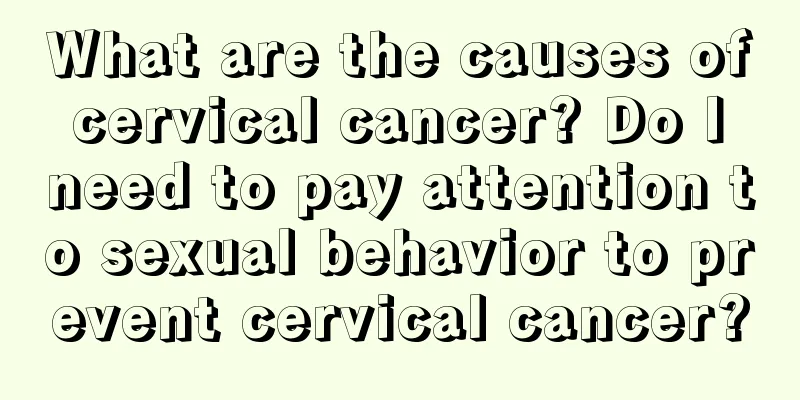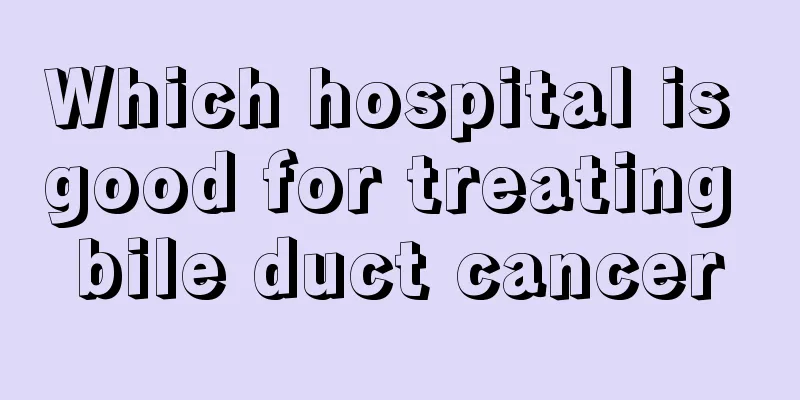How to distinguish glioma

|
In recent years, the emergence of glioma has caused our patients to become particularly emotionally unstable. Some people have even suffered great physical and mental trauma due to glioma. Some patients do not understand the disease and do not pay attention to it, which leads to the disease becoming more and more serious and threatens their lives. So, in view of this phenomenon, how can we distinguish glioma? The course of glioma varies depending on its pathological type and location. The time from the onset of symptoms to the time of medical treatment is generally weeks to months, and in some cases it can take several years. The history of highly malignant tumors and posterior cranial fossa tumors is usually shorter, while the history of more benign tumors or tumors located in the so-called quiet area is usually longer. If the tumor has bleeding or cyst formation, the progression of symptoms can be accelerated, and some can even resemble the development of cerebrovascular disease. There are two main symptoms of glioma. One is increased intracranial pressure and other general symptoms, such as headache, vomiting, vision loss, diplopia, epileptic seizures and mental symptoms. The other is local symptoms caused by compression, infiltration and destruction of brain tissue by tumor, resulting in neurological dysfunction. Headaches are mostly caused by increased intracranial pressure. As the tumor grows, the intracranial pressure gradually increases, compressing and pulling on pain-sensitive structures in the brain such as blood vessels, dura mater and certain cranial nerves, causing headaches. Most of the headaches are throbbing and distending pains, mostly in the frontal, temporal or occipital regions. For superficial tumors in one cerebral hemisphere, the headache may be mainly on the affected side. The headache is intermittent at first, mostly occurring in the early morning. As the tumor develops, the headache gradually worsens and lasts longer. Vomiting is caused by stimulation of the vomiting center in the medulla oblongata or the vagus nerve. There may be no nausea at first and it is projectile. In children, the headache may not be obvious due to cranial suture separation, and because posterior cranial fossa tumors are more common, vomiting is more prominent. Increased intracranial pressure can cause papilledema, which in turn can lead to secondary atrophy of the optic nerve and decreased vision. Tumors compressing the optic nerve can cause primary optic atrophy, which also leads to decreased vision. The abducens nerve is easily compressed and pulled, often causing paralysis and diplopia. |
<<: Four principles of advanced care for glioma patients
>>: How much does glioma surgery cost approximately
Recommend
Is it okay to put the toothbrush in the bathroom?
Nowadays, many families like to put some things i...
What should I pay attention to when doing nose and nose reduction surgery
Some people have enlarged noses and wide nostrils...
What are the methods for diagnosing lymphoma
Cancer is a chronic depleting disease that poses ...
Ointment for treating tinea cruris
The buttocks area is prone to skin diseases such ...
What are the symptoms of thyroid cancer?
What are the symptoms of thyroid cancer? Sufferin...
What tests should I do if I have kidney cancer
What tests should be done if you have kidney canc...
How to marinate chicken breast to make it more flavorful?
Chicken breast has many nutritional values. It is...
Eight things to note when wearing contact lenses
Compared with traditional frame glasses, contact ...
How long does chemotherapy last after breast cancer surgery
At present, the main chemotherapy regimen for bre...
What are the effective prevention methods for skin cancer
Skin cancer is a disease that we often hear about...
What is the difference between radiotherapy and chemotherapy for liver cancer? Learn about radiotherapy and chemotherapy
Cancer patients and their families often don’t un...
Is there any specific medicine for bone cancer
Is there any specific medicine for bone cancer? D...
How to choose treatment measures for advanced liver cancer? 3 recommended treatment methods for advanced liver cancer
How to choose treatment measures for advanced liv...
Will there be rebound after doing sit-ups to reduce belly fat
Doing sit-ups is indeed an effective way to reduc...
What to do if you have nasal congestion due to nasopharyngeal cancer? What should you pay attention to in your diet?
What to do if you have nasal congestion due to na...









